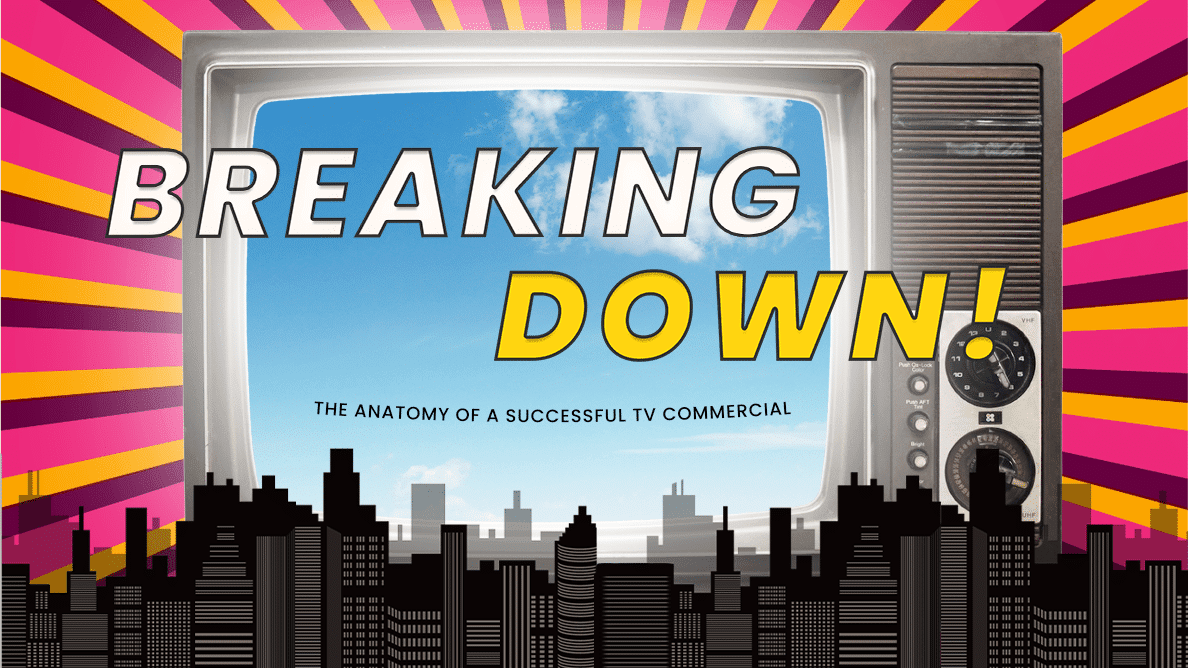Introduction:
In the fast-paced world of television advertising, creating a successful TV commercial is both an art and a science. A well-crafted commercial has the power to capture the audience’s attention, convey a compelling message, and leave a lasting impression. In this exploration, we dissect the anatomy of a successful TV commercial, unraveling the key components that contribute to its effectiveness.
Clear and Memorable Message:
At the core of any successful TV commercial is a clear and memorable message. The most impactful commercials distill their brand or product’s essence into a concise and compelling statement. Whether it’s a tagline, a memorable jingle, or a powerful visual, the message should resonate with the target audience and leave a lasting imprint.
Identifiable Branding:
A successful TV commercial seamlessly integrates branding into its narrative. The brand should be clearly and consistently represented, from logos to brand colors and visual aesthetics. Establishing a strong visual identity helps viewers associate the commercial with the brand, fostering brand recognition and recall.
Engaging Storytelling:
Storytelling is a potent tool in the world of TV commercials. Whether it’s a heartwarming narrative, a humorous skit, or a compelling drama, a well-told story captures the audience’s emotions and makes the commercial more memorable. Effective storytelling creates a connection between the brand and the viewer, transforming a brief advertisement into a memorable experience.
Strategic Use of Visuals:
Visual elements play a crucial role in the success of a TV commercial. Attention-grabbing visuals, creative cinematography, and aesthetically pleasing design contribute to the overall impact. The use of colors, imagery, and visual metaphors should align with the brand’s identity and complement the narrative, enhancing the commercial’s visual appeal.
Compelling Soundtrack and Audio Design:
The auditory dimension of a TV commercial is equally significant. A well-chosen soundtrack or background music enhances the emotional resonance of the commercial. Additionally, effective use of sound effects, voiceovers, and audio design contributes to the overall audio-visual experience, making the commercial more immersive and engaging.
Targeted Audience Appeal:
Understanding the target audience is a fundamental aspect of successful TV commercial creation. Tailoring the message, tone, and style to resonate with the specific demographics and psychographics of the intended audience ensures that the commercial strikes a chord with those most likely to be interested in the product or service.
Strategic Placement:
Beyond the creative elements, the strategic placement of a TV commercial is a critical factor. Choosing the right time slots and channels based on the target audience’s viewing habits maximizes the commercial’s exposure. Additionally, considering the context in which the commercial will be viewed—whether during sports events, news programs, or entertainment shows—ensures relevance and effectiveness.
Call to Action (CTA):
Every successful TV commercial prompts the viewer to take action. Whether it’s visiting a website, making a purchase, or participating in a promotion, a clear and compelling call to action guides the audience on the next steps. The CTA should be seamlessly integrated into the commercial’s narrative, making it easy for viewers to respond to the message.
Measurable Objectives:
Setting measurable objectives is crucial for evaluating the success of a TV commercial. Define key performance indicators (KPIs) such as increased brand awareness, website visits, or sales metrics. Regularly analyze the commercial’s performance against these objectives to refine future advertising strategies and campaigns.
Adaptability and Innovation:
The advertising landscape is dynamic, and successful TV commercials demonstrate adaptability and innovation. Embracing new technologies, staying attuned to cultural trends, and being responsive to shifts in consumer behavior contribute to the longevity and relevance of a commercial campaign.
Feedback and Iteration:
Gathering feedback from viewers, market research, and analyzing performance metrics are essential steps in refining a TV commercial’s effectiveness. Use viewer feedback to understand how the commercial resonates with the audience and be open to making iterative improvements based on insights gained from ongoing analysis.
Legal and Ethical Considerations:
Adhering to legal and ethical standards is a foundational aspect of successful TV commercial production. Ensure that the commercial complies with advertising regulations, intellectual property laws, and ethical considerations. A trustworthy and transparent approach enhances the credibility of the brand and its advertising efforts.
Conclusion:
The anatomy of a successful TV commercial is a symphony of creativity, strategy, and audience understanding. From the first frame to the closing message, each element works in harmony to create an impactful and memorable advertisement. By carefully crafting a clear message, leveraging visual and auditory elements, and considering the strategic placement and adaptability of the commercial, advertisers can cut through the noise and capture the hearts and minds of their target audience.
In a world where attention spans are fleeting, a successful TV commercial is not just a fleeting moment on the screen; it is a lasting impression that lingers in the minds of viewers, driving brand awareness, loyalty, and, ultimately, the desired actions. As advertisers continue to navigate the ever-evolving landscape of television advertising, the key to success lies in mastering the art and science of crafting commercials that not only captivate but also resonate with the diverse and discerning audience of today.
PromoEdge Media, a dynamic production house, specializes in crafting compelling visual narratives that captivate audiences. With a keen focus on innovation and creativity, they bring ideas to life through cutting-edge filmmaking and content creation.

